from The American Enterprise Institute:
ARTICLES & COMMENTARY Our Defunct Commercial Constitution By Michael S. Greve
National Review
Monday, May 17, 2010
There is, or there once was, such a thing as the "commercial Constitution." Most of the powers and prohibitions specified in the Constitution concern commercial matters: commerce itself, obviously, but also patents and copyrights, bankruptcy, taxation, tariffs and duties, the coinage of money, contracts, and property rights. Enough of those provisions have fallen into desuetude to suggest that we no longer have a commercial Constitution.
Conservative jurists should be favorably disposed to restoring it, not simply because doing so would help to protect commerce against a government that seems to know no restraint, but also for a deeper reason: "Structure is everything," Justice Scalia has insisted, and the basic stuff of the commercial Constitution is structure--the allocation of powers to and placing of limitations on particular branches and levels of government. The commercial Constitution thus offers an antidote and alternative to the airy abstractions and aspirational "rights" of contemporary constitutional law. Implementing a constitutional program along these lines, however, would require a serious rethinking of two central conservative legal tenets: originalism and federalism.
The Constitution's individual clauses presuppose some general comprehension of what the structure as a whole is supposed to do. Happily, the basic thrust of our constitutional commercial arrangement is perfectly clear: free trade and commerce across state borders. To that end, the Constitution prohibits state tariffs and "duties of tonnage," state discrimination against citizens of other states, state laws impairing the obligation of contracts, and states' exploiting the citizens of other states by means of taxation or regulation (an implied rule commonly known as the prohibition against "extraterritorial" state laws).
Congress can, in theory, block states' interfering in business under its power to regulate interstate commerce. However, legislative interventions can oppress as easily as liberate commerce. In fact, the odds of protecting commerce by means of federal legislation are much worse than 50/50. The Constitution's checks and balances are designed to make federal legislation deliberate and cumbersome, the better to prevent factional schemes and fevered responses to perceived crises. Those checks, though salutary in the ordinary course of business, prove debilitating when the task is to beat back state measures that hobble commerce. Ingeniously, therefore, the Constitution entrusts the protection of commerce in the first instance not to Congress but to the federal courts.
The viability of this arrangement depends on the federal courts' elaboration of the commercial Constitution by way of doctrine and constitutional common law. That is essential because states and legislators have every incentive to exploit the commerce of the United States and to evade the rules that protect it. The protection of the Constitution's guarantees against state commercial circumvention figured prominently in the Supreme Court's 19th-century book of business. Constitutionally barred from taxing imports, the states endeavored to tax importers instead; the Supreme Court enjoined them from doing so in 1827's Brown v. Maryland, lest the constitutional prohibition become an empty letter.
No specific constitutional clause barred states from taxing the instruments of the United States, including its central bank; but because "the power to tax involves the power to destroy," the Supreme Court supplied a constitutional common-law rule, inferred from the general structure of the Constitution, to block the tax in the 1819 decision M'Culloch v. Maryland. Likewise, no constitutional clause specifically prohibited New York from establishing a steamship monopoly to the exclusion of a rival steamship operating under a federal license; but in 1824's Gibbons v. Ogden, the Court read the license, which essentially served to free U.S. vessels from the obligations imposed on foreign ships, as also forbidding state monopoly and discrimination among domestic carriers. This position later developed into what is known as "implied federal preemption," a doctrine holding that, unless Congress declares otherwise, any federal law operates to the exclusion of any state law in the same field, regardless of whether the two conflict. Further, Chief Justice John Marshall's Gibbons opinion attributed "great force" to the notion that the Commerce Clause, even in the absence of congressional legislation, erects a judicially enforceable barrier against protectionist state legislation. This "dormant Commerce Clause" would in later decades play a central role in preventing states from doing indirectly what the Constitution bars them from doing directly.
The Supreme Court's principal means of making the rules of the commercial Constitution stick was its "diversity" jurisdiction--that is, jurisdiction over disputes between parties from different states. The exercise of this jurisdiction protects parties engaged in interstate commerce against judicial bias in a plaintiff's home-state courts. In commercial cases in which no state statute and no federal law or constitutional provision applied, the Court decided these "diversity" cases under a federal general common law--not under state law. The constitutional guarantee of an unbiased court, the theory went, implied a guarantee of access to an unbiased body of law.
If this constitutional universe is unfamiliar, that is because it was wiped out by the New Deal's very different Constitution. Contrary to the misunderstanding that is especially widespread among conservatives, the New Deal did not simply unleash the federal government's power on the states and the private economy. Rather, it expanded government power at all levels, state as well as federal. And to that end, it effectively repealed the commercial Constitution that had governed the United States for roughly 150 years.
Supreme Court diversity jurisdiction became optional in 1928, and, over the ensuing decades, the federal courts created a slew of "abstention" doctrines that oblige federal courts to defer to state law, and to state courts--even when federal jurisdiction plainly exists. The federal general common law was summarily abolished--as unconstitutional, no less--in Erie Railroad v. Tompkins, the 1938 decision that effectively commands federal courts hearing diversity cases to follow the state law chosen by the plaintiff. Of the entire constitutional edifice, only the dormant Commerce Clause and federal preemption law survive, and those only in a greatly weakened form. The dormant Commerce Clause was stripped of its "extraterritoriality" prohibition: While outright protectionism is still prohibited, states may tax, regulate, and exploit other states' citizens and businesses virtually without hindrance. (Kansas may regulate the Internet so long as it does not overtly favor its own citizens.) Federal preemption lost its presumption of exclusivity: Its post-New Deal touchstone is the "intent" of Congress, and, unless Congress has made its preemptive intent unmistakably clear, the Court will construe federal statutes against preemption and in favor of the states' "traditional" police powers.
It is to this jurisprudence, driven by the New Deal's eagerness to unleash interest-group politics and to enhance the redistributive power of government at all levels, that we owe our current chaotic commercial order. Economic actors must now deal with a cascade of conflicting and compounding demands and regulations, inflicted by a multitude of semi-autonomous institutional actors and a wholly autonomous litigation industry. First prize often goes to the most exploitative regulator. The Erie Railroad regime, for example, pulls lawsuits into the most pro-plaintiff jurisdiction available: hence the litigation explosion. At the same time, current practices regarding preemption law and the dormant Commerce Clause reward the state that proves most creative in taxing and regulating outsiders.
What is the correct conservative response to this transformation? By some conservatives' lights, the New Deal metamorphosis hasn't gone far enough. Justices Scalia and Thomas have denounced the dormant Commerce Clause as a pure judicial invention. Justice Scalia would still enforce the doctrine, on stare decisis grounds, against overtly discriminatory state laws and against laws identical to those invalidated in the past. That is not much of a restraint: Even the stupidest state legislator can write a discriminatory statute in neutral language. Justice Thomas would abolish the dormant Commerce Clause altogether and instead protect interstate commerce under the explicit provisions of the Import-Export Clause, and perhaps under the Privileges and Immunities Clause. Good luck with that: The Import-Export Clause provides protection against some, but not all, protectionist taxes, while it offers no protection from equivalent regulations; the P&I Clause, for its part, protects individuals but not corporations. The entire point of the dormant Commerce Clause is to block obvious state maneuvers to circumvent the constitutional protections enjoyed by businesses. To eviscerate the doctrine is to expose all interstate commerce to unchecked state exploitation.
The Court's avowed originalists have taken an equally radical view of federal preemption. Last year's decision in Wyeth v. Levine was occasioned by a tragic injury to a patient whose doctor and nurse, in an act of flagrant malpractice, had administered a drug in direct contravention of a warning label that conformed with--and was practically dictated by--Food and Drug Administration (FDA) requirements. Even so, the Court decided that federal law does not preempt tort lawsuits under state law. FDA-approved warnings, the 6-3 majority said, are a mere federal minimum; state courts and lay juries can do better in determining the adequacy of drug labels. In a breathtakingly expansive concurring opinion, Justice Thomas inveighed against any implied preemption and insisted that federally regulated drug manufacturers have no "unfettered right, for all time, to market [a] drug with the specific label that was federally approved." That form of originalism recasts preemption law as something it has never been. Gibbons v. Ogden directly confronted the argument that a federal coastal trading license--a routine license of far less obvious preemptive force than a painstakingly considered and negotiated drug label--"gives no right to trade." Marshall rejected that argument. By the lights of Justice Thomas's Wyeth opinion, Gibbons was either decided wrongly or should have been decided under the dormant Commerce Clause--if, pace Justice Thomas, such a thing exists.
Also last year, the Court held that the lending practices of federally chartered financial institutions are subject to open-ended fraud investigations and lawsuits by state attorneys general. Ever since 1864, the National Bank Act has shielded the banking operations of federally chartered institutions against state investigation and prosecution, leaving state banks subject almost exclusively to state supervision. This dual banking system reflects the 19th-century constitutional understanding, exemplified by M'Culloch v. Maryland, that any given set of private transactions should be regulated by the federal government or by states--but not by both. Justice Scalia's 5-4 majority opinion in Cuomo v. Clearing House Association, joined by the Court's liberal bloc, effectively ends that sensible system. M'Culloch hovers over Justice Scalia's opinion, but is not cited therein. By the lights of Cuomo, it may no longer be good law.
A jurisprudence that renders John Marshall's commercial Constitution obsolete is probably mistaken. And when that same jurisprudence turns the Constitution and its federalism into a trial lawyers' Bill of Rights, suspicion hardens into certainty. The question is, What went wrong?
One obvious source of error is an excessively clause-bound, literalist originalism. On this view, the specific clauses of the Constitution and their historically settled meaning are the Constitution, and the will of the Congress must be the declared will of the Congress. This is what drives originalists' hostility to the dormant Commerce Clause and to federal preemption. It also drives their enthusiasm for Erie Railroad, which originalist justices and scholars have sought to establish as a bulwark against judicial overreach even when the decision manifestly does not apply. Structure may be "everything," but hidebound originalism holds that judges may do nothing to make structure work: This would smack of raw politics and judicial imperialism. So long as this Manichean view prevails, the commercial Constitution will remain a dead letter.
A second error, pervasive not only among jurists but among conservatives more broadly, is the misguided expectation that federalism will automatically translate into smaller, more responsible government. The demise of the commercial Constitution exposes the commerce of the United States to relentless exploitation by trial lawyers who shop for hellhole jurisdictions, by attorneys general and treasurers who have become rainmakers for their states, and by crusading state lawmakers who inflict costly global-warming experiments on the entire nation. In that world, "federalism" is more a menace than a blessing. What is often called for is centralization--not the bureaucratic centralization of No Child Left Behind or Obamacare, but legal centralization. For example, airline and trucking deregulation worked because states' rights were overruled under a single federal rule: The states are categorically barred from re-regulating the rates, routes, or services of common carriers. By the same token, if one wants to enable individuals to purchase health insurance across state lines, the countless interests and regulators who now oppose that reform will have to be stopped from regulating and litigating it into the ground after the fact. Misapplied federalist thinking would make that impossible.
Congress is built to promote interest-group politics and parochial exploitation. The Roberts court, to its credit, has cut back some of liberalism's more exotic legal flora. If its interventions have remained diffident and ad hoc, that is because the justices have so far failed to recognize that the task of disciplining state-by-state factionalism and exploitation is, by constitutional design, principally that of the judiciary. A jurisprudence that would "let Commerce struggle for congressional action to make it free" has already pronounced it dead, as Justice Robert Jackson wrote in a dormant-Commerce Clause case in 1941. Not an original or particularly conservative insight--but one that originalists would do well to remember.
Michael S. Greve is the John G. Searle Scholar at AEI.
Photo Credit: iStockphoto/dieter Spears
Wednesday, May 26, 2010
Subscribe to:
Post Comments (Atom)
.gif)



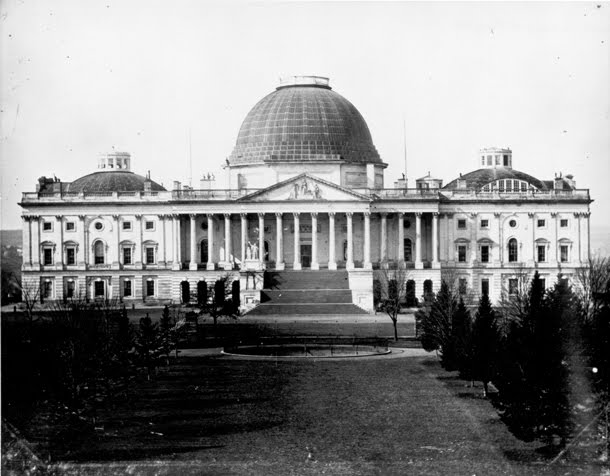









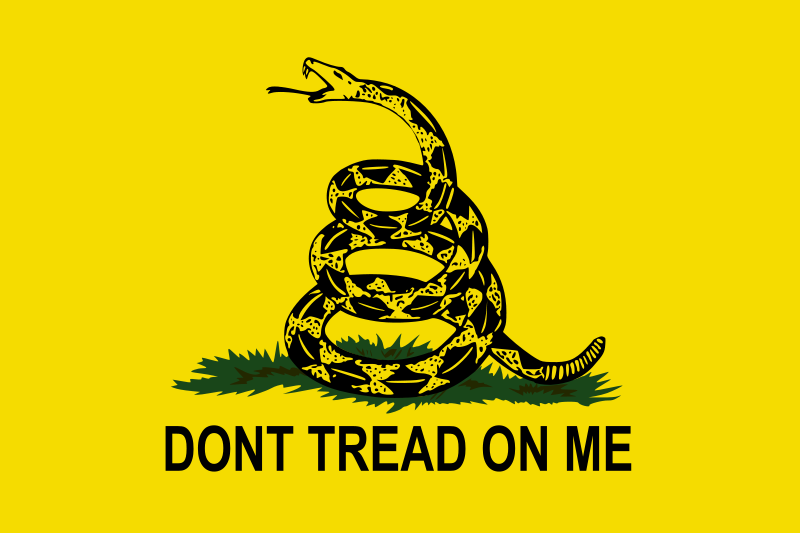
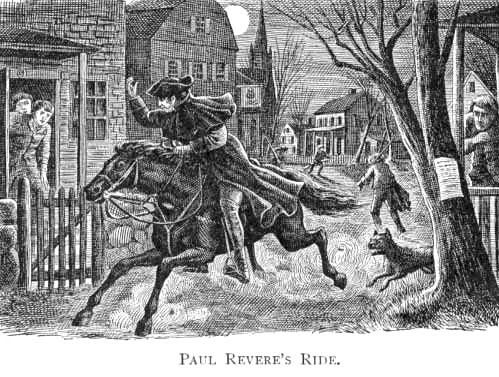

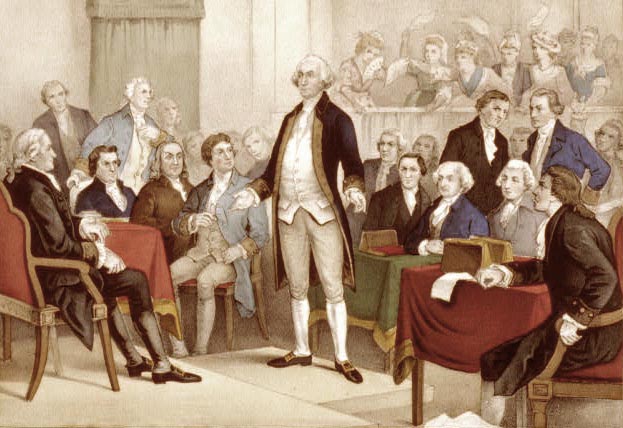

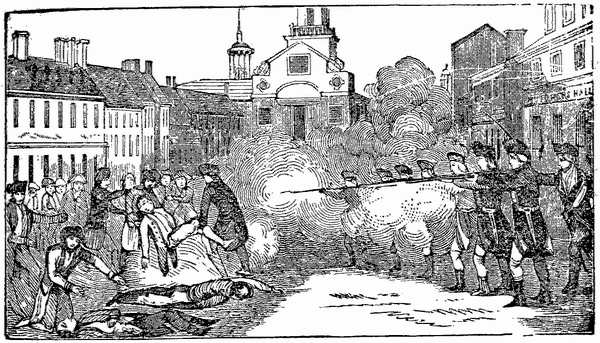
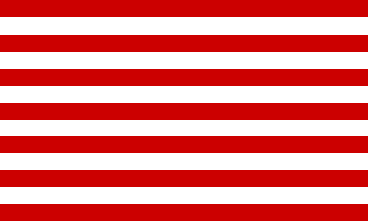
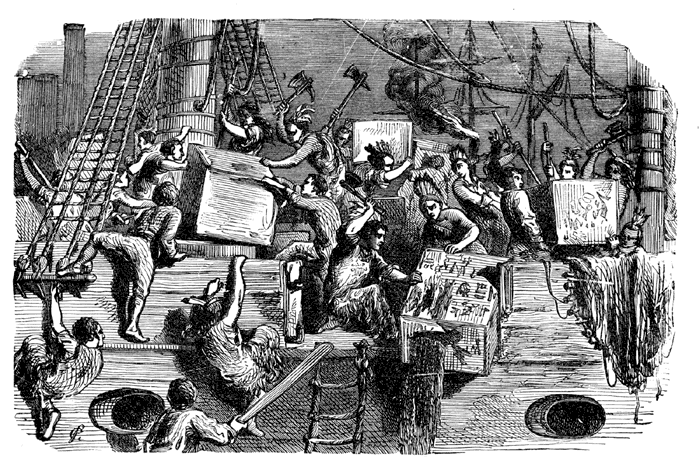




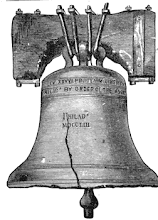




No comments:
Post a Comment